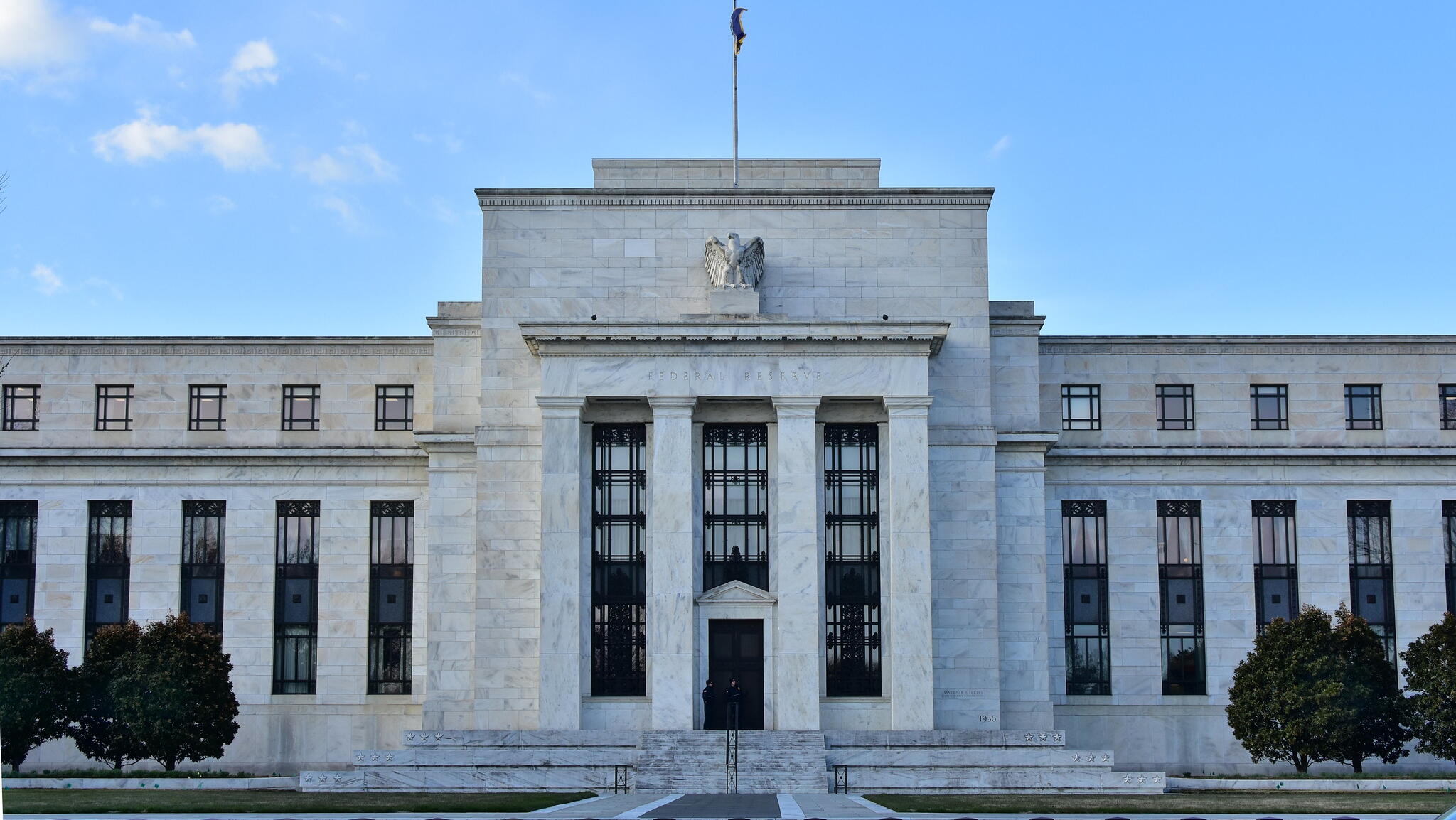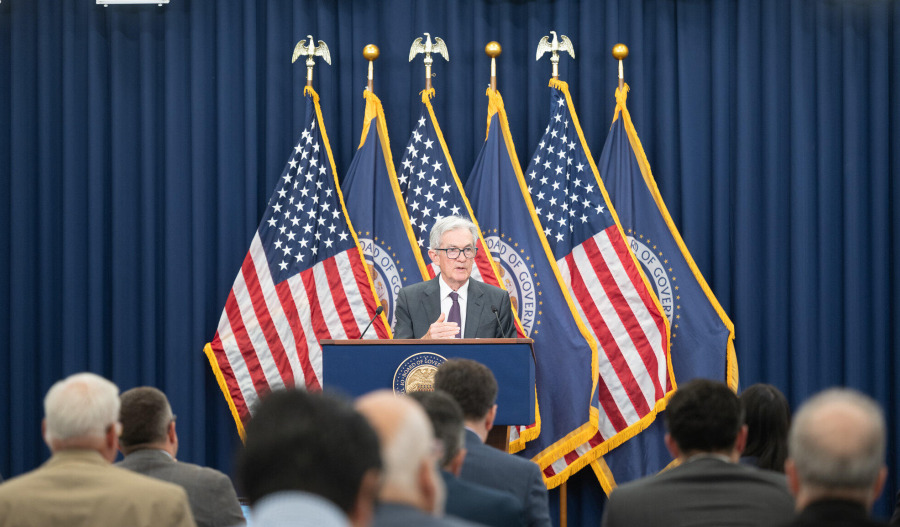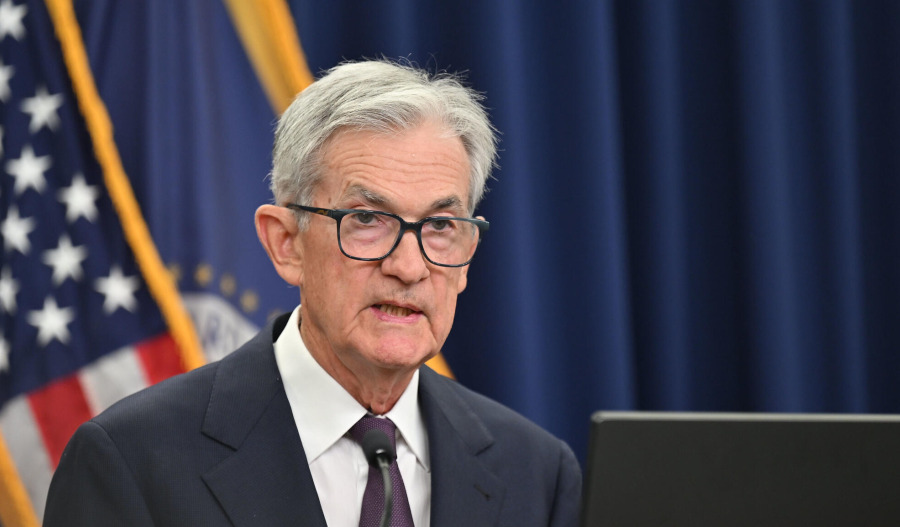Federal Reserve officials were largely in favour of lowering interest rates at their September meeting, though they remained divided over how many cuts would be appropriate by year-end, according to minutes released on Wednesday.
The meeting summary showed near unanimity among policymakers that the central bank’s benchmark borrowing rate should be reduced amid signs of softening in the United States labour market.
However, participants were split on whether to implement two or three total cuts in 2025, including the quarter-point reduction approved at the 16–17 September meeting.
“In considering the outlook for monetary policy, almost all participants noted that, with the reduction in the target range for the federal funds rate at this meeting, the Committee was well positioned to respond in a timely way to potential economic developments,” the minutes stated.
“Participants expressed a range of views about the degree to which the current stance of monetary policy was restrictive and about the likely future path of policy,” the document added.
“Most judged that it likely would be appropriate to ease policy further over the remainder of this year.”
The minutes also noted that “the information available at the time of the meeting indicated that real gross domestic product (GDP) growth had moderated in the first half of the year. Although the unemployment rate continued to be low, the pace of employment increases had slowed, and labour market conditions had softened. Consumer price inflation remained somewhat elevated.”
The decision brought the federal funds rate down to a target range of 4%–4.25%.
While the committee voted 11–1 in favour of the cut, officials disagreed on the pace of further easing, with a narrow 10–9 majority supporting additional quarter-point reductions at the final two meetings of the year.
Projections suggested one further cut in both 2026 and 2027 before the rate stabilises near 3%.
The meeting marked the first appearance of newly appointed Governor Stephen Miran, who stood alone in dissent, favouring a larger half-point cut.
He has since confirmed that he was the “lone dot” projecting a more aggressive path of monetary easing than his peers.
While some policymakers advocated caution, others expressed greater concern over employment conditions. “Some participants noted that, by several measures, financial conditions suggested that monetary policy may not be particularly restrictive, which they judged as warranting a cautious approach in the consideration of future policy changes,” the minutes said.
“Participants generally noted that their judgments about this meeting’s appropriate policy action reflected a shift in the balance of risks
“In particular, most participants observed that it was appropriate to move the target range for the federal funds rate toward a more neutral setting because they judged that downside risks to employment had increased over the intermeeting period and that upside risks to inflation had either diminished or not increased.”
Policymakers also discussed the potential inflationary impact of President Donald Trump’s tariffs, but agreed that the levies were unlikely to drive sustained price increases.
Survey results cited in the minutes mirrored the committee’s divided outlook. “Almost all respondents to the Desk survey expected a 25 basis point cut in the target range for the federal funds rate at this meeting, and around half expected an additional cut at the October meeting,” the summary said. “The vast majority of survey respondents expected at least two 25 basis point cuts by year-end, with around half expecting three cuts over that time.”
As the government shutdown continues, the Fed faces additional uncertainty, with key agencies such as the Labour and Commerce departments halting data collection and publication.
Should the impasse persist through the 28–29 October meeting, policymakers may be forced to make decisions with limited visibility on inflation, employment, and consumer spending.
According to the CME Group FedWatch Tool, market expectations currently price in a 92.5% chance of a 25 basis point cut in October, and a 78.6% chance of a further rate cut in December.



